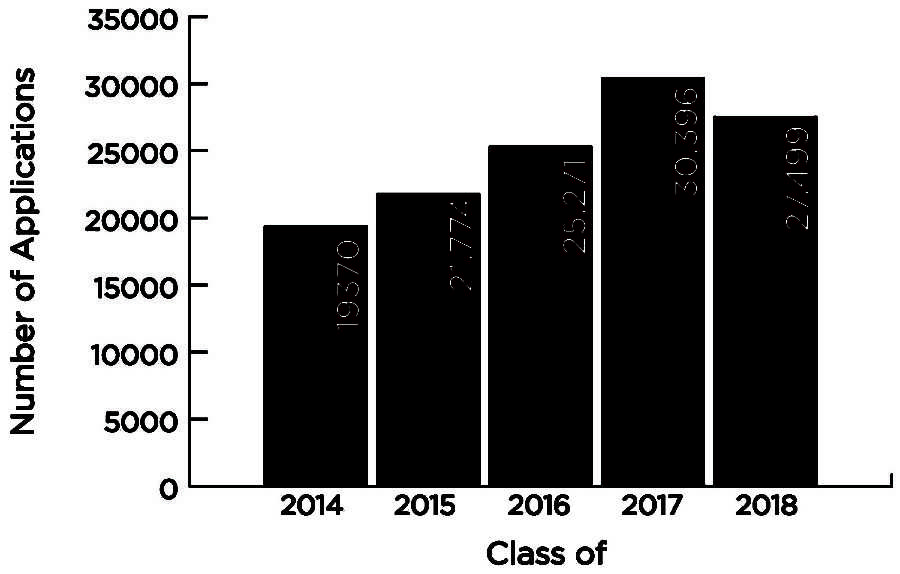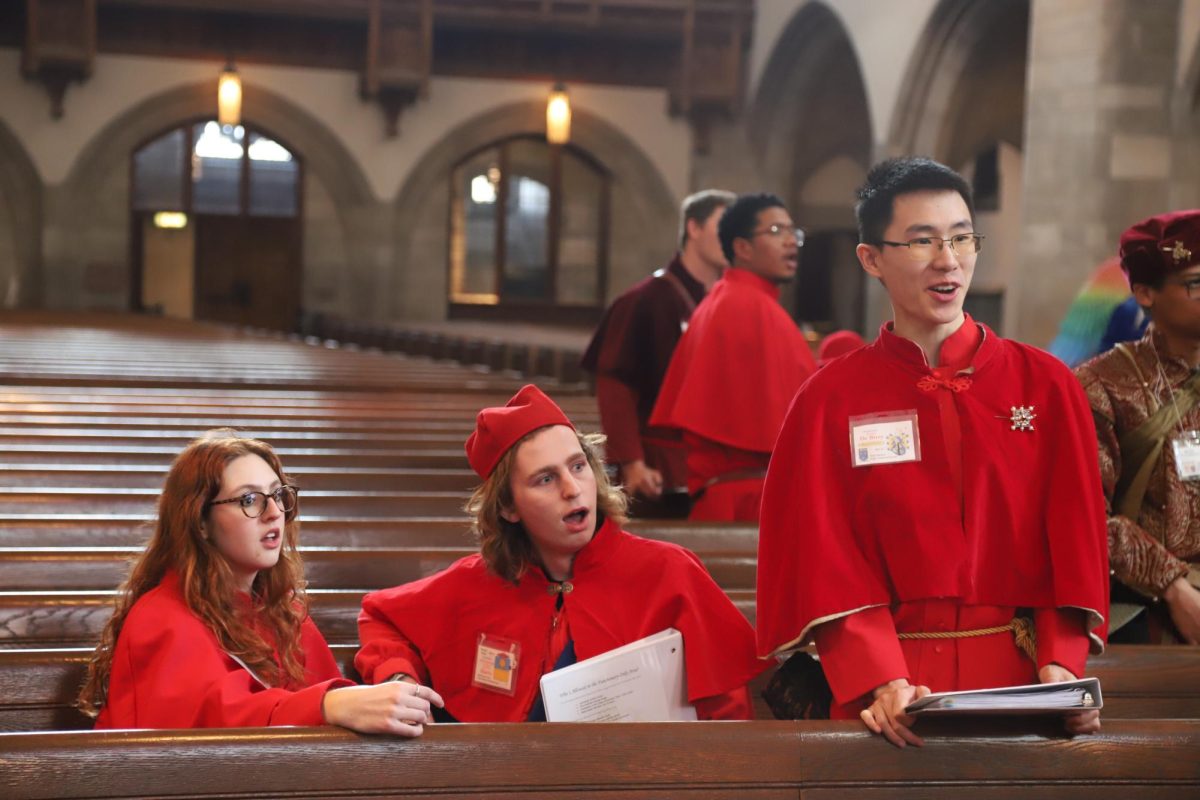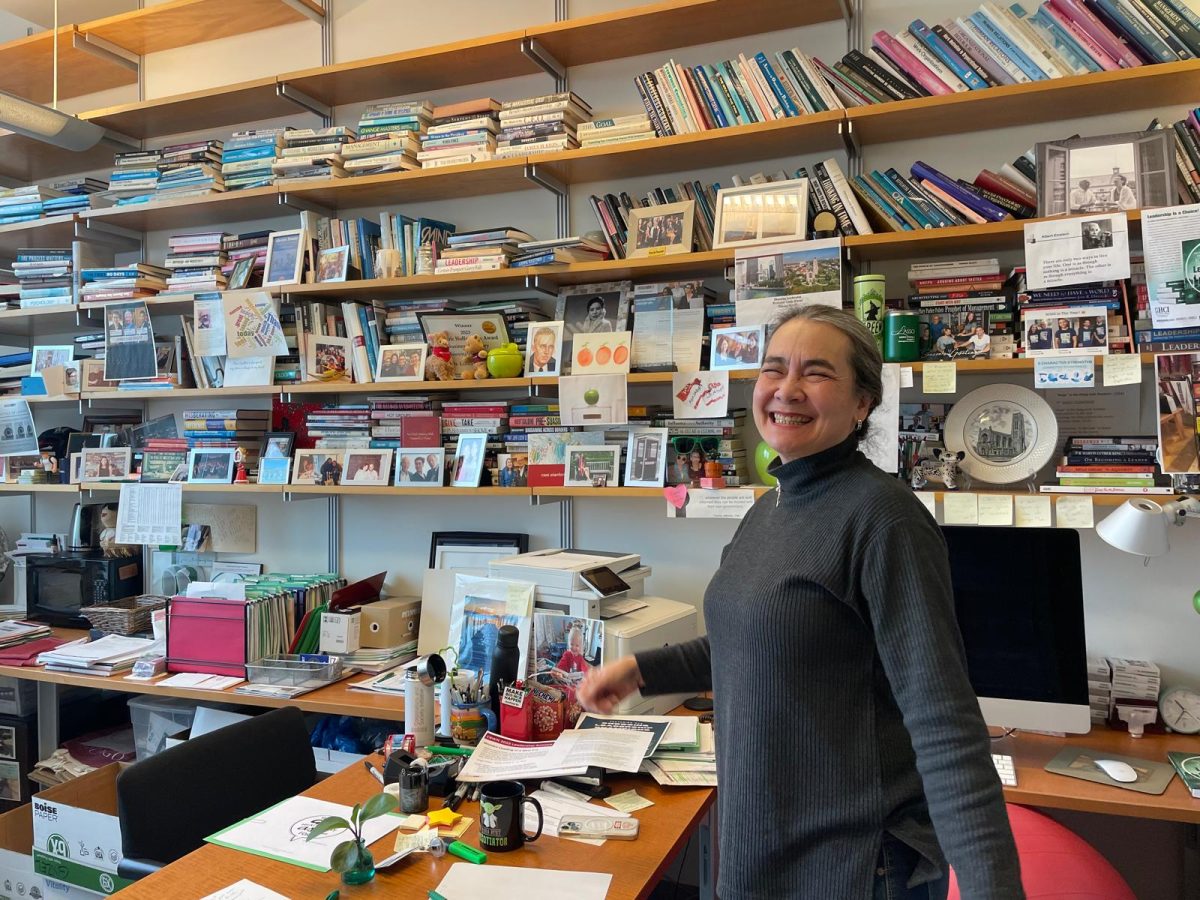On a Saturday morning in late May, Rahm Emanuel strode into City Hall to begin his first weekend as Chicago’s 55th mayor.
The first item on his agenda was a 45-minute meeting with University of Chicago president Robert Zimmer, executive vice president David Greene, associate vice president for facilities Steven Wiesenthal, and Sonia Malunda, who was representing the University’s office of civic engagement.
Emanuel and Zimmer had discussed the matter at hand before, if only informally. The University of Chicago, as Zimmer is quick to tout, had established an entire 23,000-square-foot academic center in Beijing in less than three years. An ad hoc committee submitted a proposal for the center’s creation in October 2008 and it was opened in Summer 2010. The same rapid development could be happening on the University’s home turf, if only it weren’t for bureaucratic red tape and permits.
As mayor-elect, Emanuel heard this and asked his economic development team to figure out a partnership between the U of C and the city, which had never formally happened in the University’s 120-year history.
A few months later on one of Emanuel’s first days in office, top officials from both institutions were hammering out details for what would become the Memorandum of Understanding (MOU): a 9-page document that addresses, among other things, streamlined permits, collaboration between the U of C and the city on public infrastructure, and $1.7 billion in capital projects.
“We had a few goals going into the meeting,” said Malunda, the point person for the MOU. “We wanted to convey the University’s $1.7 billion investment over the next five years in campus and capital construction… Second—creating more efficient ways to streamline government, foster economic growth, create jobs—those were all major priorities for [Emanuel] as a new mayor. That tied in nicely with the University’s desire to efficiently work with the city to streamline the city’s approval processes to create jobs and rebuild the campus.
“The third one was really around the community and economic development… the mayor’s office was viewing the University as an anchor institution, and part of the discussion was, ‘How could we as a city leverage our resources with the University’s resources to help rebuild the community and provide economic development around this anchor.’”
Upon its August unveiling, Mayor Emanuel called the MOU a “historic cooperation agreement with the University of Chicago,” and both parties heralded it as representing a new partnership that would help foster a brighter economic future for Chicago’s South Side.
Although the MOU is highly important for Hyde Park’s future and massive in scale, it remains a completely foreign concept to Hyde Park residents and U of C students, many of whom give blank stares when asked to describe what the “Memorandum of Understanding” is. And for those who do know of the collaboration, many are skeptical of its contribution to the South Side. Recently this divide has sparked community concerns that may threaten several University development plans and curb the MOU’s power.
A marriage of monoliths
The University of Chicago is the second largest private employer in the city, next to DePaul University. With an endowment that grew to $6.31 billion this year, a campus that covers 214 acres, and over 17,000 employees, the University is a machine of expansion: in addition to the Center in Beijing, recent projects include a similar center in Delhi, the William Eckhardt Research Center, the Reva and David Logan Center for the Arts, the Joe and Rika Mansueto Library, and the South Campus Residence Hall. Add these major developments to the thousands of smaller projects—from the renovation of the Regenstein Library’s lobby to replacing the roof of Ida Noyes Hall—and you have one of the biggest spenders in Chicago. When University administrators reviewed future development plans, they came up with a total projected cost of $1.7 billion over the next five years and $3.5 billion over the next ten. To put this in perspective, the U of C spends the equivalent of DePaul University’s entire endowment every eight months, only on construction and development projects.
Perhaps the main difference between the University of Chicago and other private institutions, besides size, is its status. As an academic corporation, the University can and must continue to invest money despite the health of the economy. Although there was a period after the 2008 recession when the University went through heavy budget cuts, they mainly fell on administrative functions. The surge in recent development projects has been supported not by increased tuition revenue, but often times from monstrous donations—the Booth School of Business, for instance, received a $300 million gift in 2008 from David Booth (M.B.A. ’71), the largest donation ever given to a business school. The University’s dedication to development during a time of economic flux puts it in a unique position. As University spokesperson Steve Kloehn says, “We’re certainly the only institution on the South Side making the kind of investment that we’re making.”
And the city has noticed.
Budget issues have hit almost every local government across the nation since the financial downturn, and Chicago has been far from spared: Pension funds have gone underpaid for years, and the city’s credit rating was downgraded from AA+ to AA in 2010, largely because of Mayor Richard Daley’s habit of using the city’s reserve funds as operating cash. It’s not unusual to hear that Chicago’s predicted budget shortfall is in the hundreds of millions of dollars.
Although top officials in Emanuel’s administration rejected the idea that the MOU was motivated by economic factors, University administrators suggest that it was a logical step that the city proposed to create a stronger economic and commercial culture on the South Side. Never before has the city partnered so tightly with the University—an unusual fact considering the University’s closeness with former administrations (former Mayor Daley, who now holds a faculty position at the U of C’s Harris School of Public Policy, called the University “the greatest institution in Chicago” while he was in office).
But motivations aside, what’s not debatable is that the MOU was constructed with cooperation on economic development in mind. “The University’s growth presents an opportunity to partner with the City to catalyze the revitalization of communities surrounding the Hyde Park campus by creating jobs and improving key services for Chicago’s residents,” it reads.
“The idea generally was that it was taking forever for the university to get permits, and there was an opportunity to streamline things,” said Tom Alexander (A.B. ’00), a spokesperson for Emanuel who oversees city housing and economic development. “If we did it together it would be faster.”
Effectively a statement of support for the University’s development plans, the MOU outlines several ways that the city will boost the University’s investments on the South Side: In addition to a streamlined permit process, the city will create an annual development plan for neighborhoods around Hyde Park that compliments the University’s projects, establish an inter-agency task force to oversee coordinations with the University, appoint a liaison to the University, and support specific University projects like the redevelopment of Harper Court.
The U of C, in addition to holding its commitment to spend $1.7 billion over the next five years, will increase employment opportunities for the community during construction projects, reach out to minorities and women for job openings at the University, and take on several new neighborhood improvement projects, like opening a new 60th Street Metra station and providing grants to local businesses.
The key mediators between the city and the University over the next five years will be the aldermen that oversee the wards surrounding the University. “It was important from the mayor’s perspective that the aldermen be at the table,” Malunda said. “There were a series of meetings with the city and the aldermen, the University and the aldermen, and we came together two or three times before we all felt comfortable about the MOU.”
The aldermen are mentioned twelve times throughout the MOU, and are involved with almost every aspect of what will come out of the agreements—the University must meet with them at least quarterly, provide computer workstations for their offices to assist people in finding jobs, and they review the progress of the memorandum annually. Additionally, the MOU doesn’t change the way permits and zoning are handled, so every major development still must meet the appropriate alderman’s approval. “The MOU doesn’t have an effect on the public process of whether something does or doesn’t need a permit,” Kloehn says. “The Alderman has a say and is an important part of that process.”
But from the start, the aldermen have been hesitant to jump on board. In the Chicago Tribune’s first article on the preliminary stages of the MOU, they reported “there is likely some horse trading ahead, as affected aldermen, who were briefed on the master plan Friday, come forward with requests.” Those requests have since shaped the MOU, like it’s position on job opportunities for minorities and women.
However, some of the concerns from the aldermen have not faded. Fifth Ward alderman Leslie Hairston, who’s jurisdiction covers the majority of the University of Chicago’s campus, made a daring move last month to speak out against a routine University development procedure, effectively stalling a relatively minor project.
Gridlock at midnight
“The MOU does not eliminate City Council approval. The University still has to come through me. I will hold their feet to the fire about this, especially transparency and communication,” said Hairston in an October 26 press release that condemned the MOU in the face of a small and unrelated development project.
That conflict began when the University was amending its Institutional Planned Development document (PD43), a zoning classification that covers the contiguous campuses of many large Universities, including that of the U of C. Last year, the University purchased several buildings on Woodlawn Avenue from the Meadville Lombard Theological School. As a matter of course, they drafted a proposal to include these buildings in PD43.
Although the changes to PD43 aren’t explicitly part of the MOU, the events surrounding it paint an unsettling picture for the roadblocks that might appear in the future.
Several Woodlawn Avenue residents spoke out against the PD43 ammendment, fearing that the University was pushing its boundaries too quickly and was preparing to tear down buildings. Some called for the creation of a historical district around the area, which would block University development. Alderman Hairston vocally backed these concerns in an October 26 press release that caught University and city officials off guard.
“The university has bought several well preserved, architecturally and historically significant residential properties in thriving areas…. People are terrified the university will demolish or alter these buildings, maybe replace them with highrises and institutional structures,” Hairston said.
The alderman scheduled a public meeting two weeks later that largely addressed the concerns surrounding the Planned Development: the University compromised by including a section in the PD43 amendment acknowledging the area’s historic character, while Hairston struck down the creation of a historical district, saying it would place unfair costs on residents. But perhaps the most constructive aspect of the meeting—one that needs to be addressed again if the University wants to avoid gridlock with the community—was when the MOU was brought up several times during the discussion.
“The recent Memo of Understanding between the city and the University of Chicago has fueled questions and concerns about the potential impact of the university’s development plans on the social, cultural and historic “character” of Hyde Park and neighboring communities,” Hairston’s release reads.
Of course, matters become conflicting when one considers that the MOU was a document drafted by the Mayor’s Office on the University’s behalf, and includes the aldermen as key figures throughout development cooperations. “They were consulted before the meeting with Mayor Emanuel, they were consulted at every step of the way,” Malunda said.
However, city officials are still confident that Hairston and others will continue to support the colaboration with the University, and University administrators saw Hairston’s meeting as a point of growth. “The MOU is a partnership between the city and the university that’s really good for both parties,” Alexander said. “I think the aldermen know that, and that’s why they supported it throughout.”
Ivory tower, grey city
It’s an interesting piece of irony that the MOU, which was constructed with intentions to better the community through economic development and beautification, is receiving its first round of attack from the community itself. But it’s not that surprising.
Although the MOU is an example of politics at its best—a broad alliance thought up by a handful of administrators and officials to tackle inefficient government—it doesn’t take into account the nature of a topic so broad as University development. With an institution as large as the U of C, every development project concerns a network of people that is larger than the officials who represent “the City” and “the University”. Just as neighborhood residents needed to be consulted in regards to PD43, local businesses will inevitably have questions when the University and city-sponsored Harper Court development nears completion.
The only projects that are proven to be immune to this are public services, like the creation of a new 60th street Metra station or the expansion of the UCPD patrol area to cover charter schools, which was passed and went into action last month. University-centered projects need to take into account the considerations of all parties notwithstanding the streamlined power the MOU provides, or other roadblocks are bound to emerge—and they won’t be the result of government red tape.
There are many ways to solve this, and perhaps Hairston’s unexpected PD43 meeting is one example.
“In the last several weeks we’ve made a great step forward in working with the community and Alderman Hairston,” Malunda said.“I’m optimistic about it.”









